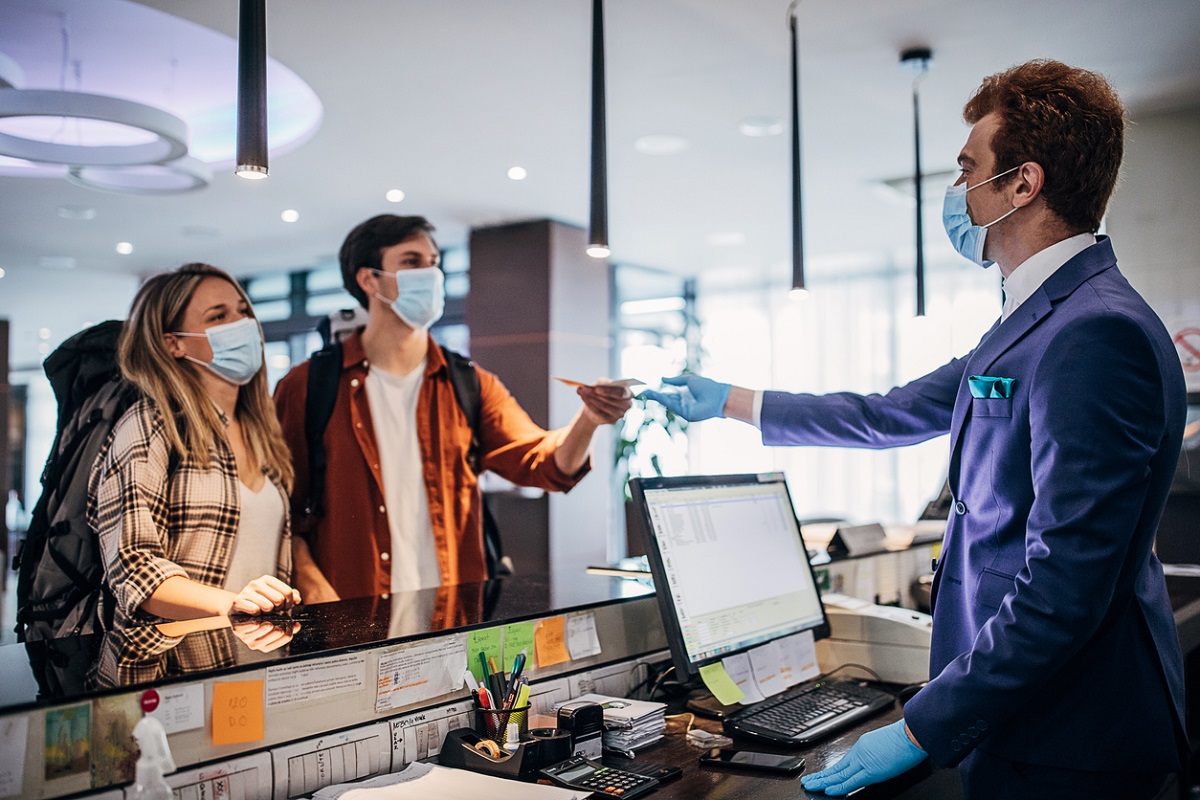Shigmo festival ignites Panaji with music and color
Experience the vibrant energy of Goa's Shigmo Festival, blending music, dance, and colorful parades in Panaji from March 26 to April 8, 2024.
With the long wedding season behind us, Indians of all age groups have begun moving out of cities, filling flights to almost 100% capacity to domestic destinations as International travel was mostly restricted to UAE.

India’s recovery was above 100% for all the weeks of December. (Representational Image: iStock)
RateGain Technologies, a leading SaaS company for travel and hospitality, recently mapped the latest as well as emerging trends in the post-pandemic travel & hospitality landscape in India in the second edition of its PULSE report. In the first edition of the report, the company had focused on travel trends in the US after the presidential election and Thanksgiving weekend.
With the long wedding season behind us, Indians of all age groups have begun moving out of cities, filling flights to almost 100% capacity to domestic destinations as International travel was mostly restricted to UAE. The millennial traveller inspired by social media has been heading to remote destinations to enjoy a well-earned break from 2020. Majorly dominated by last-minute travel bookings, India consistently made higher travel bookings than last year in December.
India’s recovery was above 100% for all the weeks of December. It was observed that Indians booked last minute travel mostly to travel during the end of December and the first week of January. Popular destinations such as Goa, Shimla, and Jammu still figured in the top 10 destinations for the first month of 2021.
Advertisement
The recently released annual Edelman Trust barometer suggested that close to 80% Indians surveyed were willing to get the COVID-19 vaccine within the first 6 to 12 months of it being available, which was close to 2.5 times higher than the global average of 33%. This makes Indians the most optimistic about the vaccine, giving hope to the tourism industry in the fastest growing outbound market of the world of some revival.
“In the new normal, the Indian millennial traveller would play a critical role in the recovery of the region and therefore this recovery is not encouraging for the domestic hotel industry but also for neighbouring Asian markets that rely on China and India to drive their tourism markets.” Kamesh Shukla, EVP and Head APMEA, RateGain said. “Inspired by the travel taken by their family and friends, travellers continue to travel to tourist destinations such as Goa, Shimla, and Jammu two weeks after the new year emphasizing the role that social media is now playing in the recovery of the industry.”
Another key trend observed in India was that 65% of these bookings were for the first two weeks of January with no surge observed for the upcoming Republic Day long weekend, proving once again that in the new normal, Indians are booking at the last minute, making it more difficult for hoteliers to plan demand and continuously changing their forecast.
Top social media trends:
Hotels in The Maldives got ten times more engagement on their social media in the last quarter of 2020, owing to the corridor it opened with India, welcoming over 65,000 tourists. Indian hotels saw their highest surge in engagement during November, due to a surge experienced by hotels in Mumbai, as they received their guests during the long Diwali weekend for staycations.
Hotels in Mumbai drove the most engagement on Facebook and Instagram, almost 150% higher than the average engagement received by hotels in other cities. The Bangalore industry witnessed the least engagement from Indian travellers.
Goa which was the most booked destination in December and had the most check-ins in December and January saw three times higher engagement during November on Facebook.
It is also evident that hotels in India are driving more followers on Instagram by almost ten times as compared to new fans on Facebook, showing that hotels are targeting the younger generation that is joining the workforce and would be most likely to travel.
Advertisement